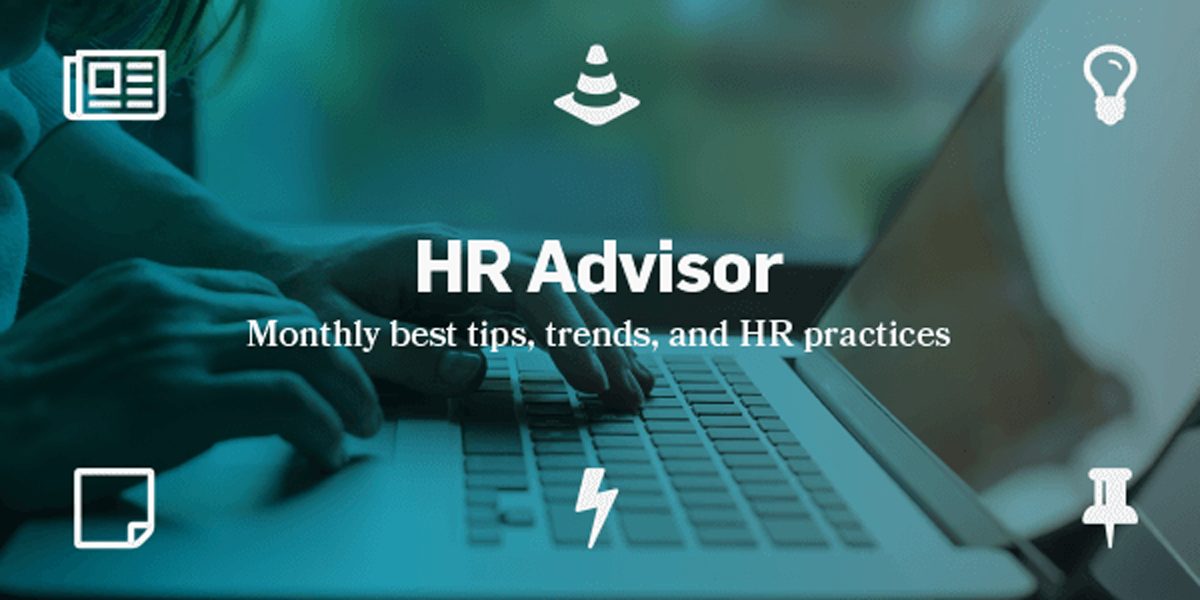Leading During a Pandemic
No one knows what the workplace is going to look like in three months. COVID-19 continues to spread. School reopening and attendance plans remain tenuous. Further action from Congress is uncertain. Official rules from the Department of Labor might even be struck down in court, further adding to the confusion about what employers are supposed to be doing.
Leading an organization right now can feel like driving to a destination you’re not sure exists on a road that’s changing right before you.
In this situation, we need to accept that the typical ways of leading a team may not prove successful. The simple question of what success looks like right now isn’t easy to answer with either clarity or consistency. For instance, conventional wisdom around goal setting says that goals should be specific, measurable, attainable, relevant, and time-bound (SMART goals). But the pandemic has made it much more difficult to pin any of these down. Think of the movie studio executives attempting to calculate the risks of releasing a feature film on a streaming service instead of in movie theaters. Or grocery store employees trying to mandate mask wearing and social distancing when some vocal customers don’t want to cooperate. What success looks like in these situations is not at all clear.
While it’s unlikely that leaders can bring true clarity and certainty to the present moment, there are leadership practices that can help promote the well-being of the organization and its people. We recommend the following:
- First and foremost, ensure that employees are healthy and safe in the workplace. Stay up to date with the latest safety guidelines. Provide employees with adequate PPE, cleaning supplies, and safety training, and prioritize their health and safety when making business decisions. If your employees are doing fine working from home, don’t feel pressure to return them to the office just because that’s the way things used to be. If they want to take extra measures to protect themselves at work, allow it. If they suggest modifications that they feel will make everyone safer, seriously consider investing in those changes.
- Enforce the rules. Employees desire and deserve safety (and OSHA requires it) and are looking to their leaders to create and maintain stability. Although you may have some “squeaky wheels” who are vocal about not wanting to follow the rules — whether that’s wearing a mask in the office or turning on their video for Zoom meetings — consistency will be essential to keeping the workplace both safe and orderly during these strange times. Enforcing company rules and policies, along with the rules of your state or locality, will increase both safety and overall trust in leadership.
- Be compassionate and fair. The mental and physical stress of the pandemic is affecting people differently, so they may need different treatment. This doesn’t mean bending the safety rules for those who don’t like them or letting employees overlook basic online etiquette because they’re stressed out. It does, however, mean adjusting your expectations when employees are in a caregiving role, sick themselves, lonely, anxious, dealing with children who are home 24/7 for the foreseeable future, living with unruly pets, or all of the above. Productivity may be down, and it may stay that way for quite some time. If it’s any consolation, nearly every organization in the nation is dealing with the same issues right now. Even for companies whose profits are up, productivity, morale, and scheduling are a struggle. Good leaders will accept the situation and set about making it as workable as it can be for employees and the organization as a whole.
- Focus on the overall mission of your organization. Analysis from Gallup indicates that people in a crisis look to their leaders for trust, compassion, stability, and hope. We’ve already talked about the first three, but don’t underestimate the need for hope right now. Do what you can to reach out proactively to employees and ensure they understand how their work is connected to the mission and success of the organization. Remind everyone of what you’re all doing and why you’re doing it. Hard numbers and specific projections are still important, but they may not be the most important thing to highlight at this time. Where numbers fail, knowing that at the end of the day (month, or year) your organizations will still be able to deliver a quality product or service that will make the lives of your clients and customers better can go a long way toward instilling hope.
|



